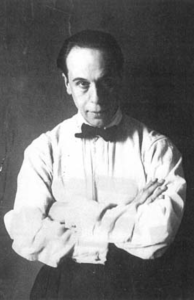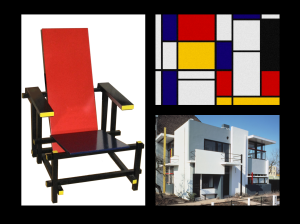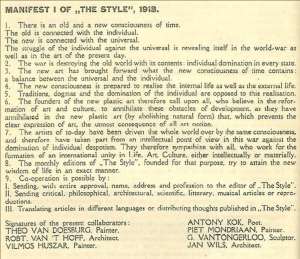Jane Jacobs was a writer and activist who was born in 1916 and passed away in 2006. She had no college degree, she had no professional education; instead, she relied on her observations. Instead of going to college, she learned about cities by observing and living. She was neither an architect nor an urban planner but she named herself as an urban sociologist, who uses her own experiences as a citizen in one of the biggest cities in the world. Living in a city like New York, an urban jungle that contains everything, had became a huge inspiration for her. It must have been the biggest reason to push her thinking about what cities are and how they work. She had strong critic and unusual opinions about urbanism. With her sharp opinions going against the modernist planning dogma of the era, made her stand out from the other urban writers. She began to write freelance articles to New York Publications.
In “The Death and Life of Great American Cities” she challenges the theory and practice of urban renewal policies appeared in 1950’s in the United States. Jacobs argued that these kind of policies would harm the characteristics of the city created by the community. These policies, she claimed, destroy communities and the underlying social fabric by creating isolated, unnatural urban spaces. Though “The Death and Life” was about all cities, it was mostly about New York, she explains the reader by continuing “Because that is where I live.” She highlighted the benefits of city living, comparing her own New York neighborhood, Greenwich Village, with the public housing and urban renewal projects being built in surrounding districts.
Jacobs objected to what she labelled the “Radiant Garden City Beautiful” or RGCB, an amalgam of all the principal planning theories of the time, which she saw as being utterly at odds with urban realities, and leading to the destruction of the city as a living community. She argued that these utopias, even if they were applicable, are inconsistent with the real-life functioning and would destroy the natural texture of the cities. Jacobs argued that modernist urban planning, as well as RGCB rejects the city, because it rejects community. Her first mission, therefore, was to save the city by protecting old dwellings and neighborhoods. She had not only criticize these theories, but also put her words into action. In 1960’s, Jacobs led several successful fights in New York against large-scale building projects. She saved her beloved Greenwich Village from renewal and helped defeat Lower Manhattan Expressway.
“Designing a dream city is easy; rebuilding a living one takes imagination.” she said, and dedicated her whole life for rebuilding a living one.




